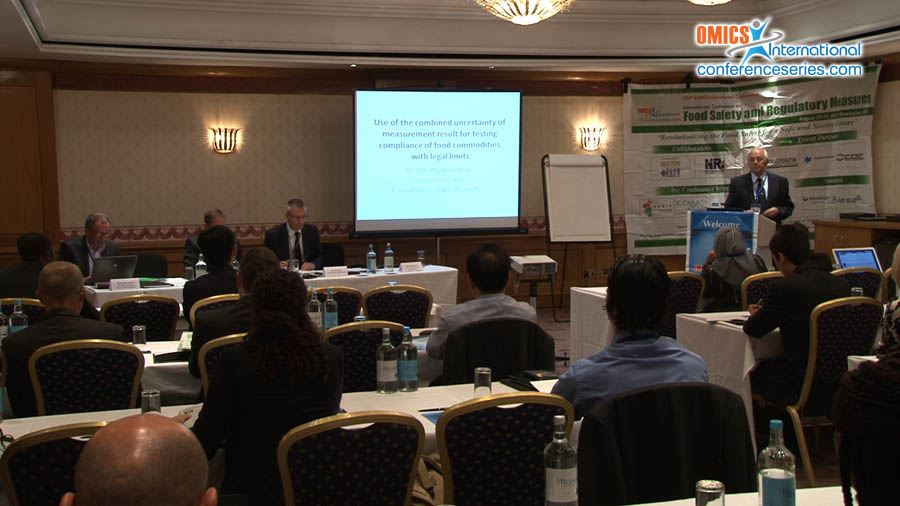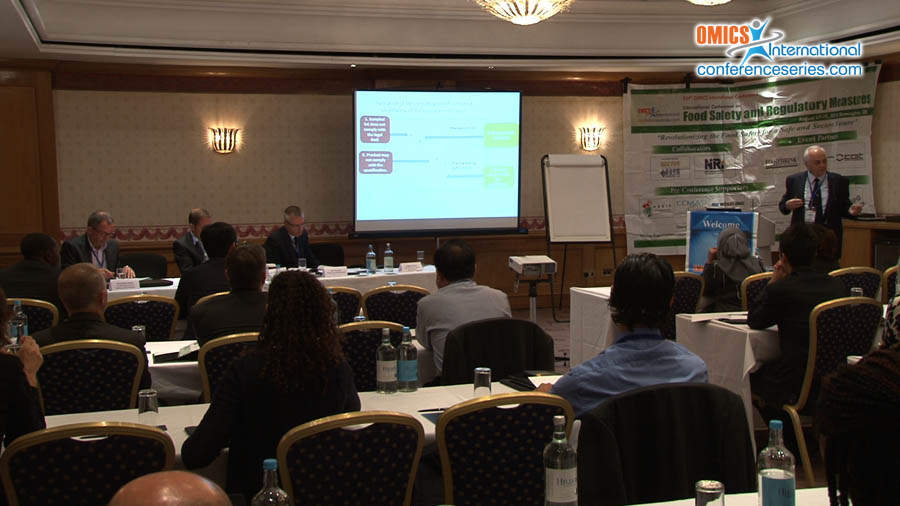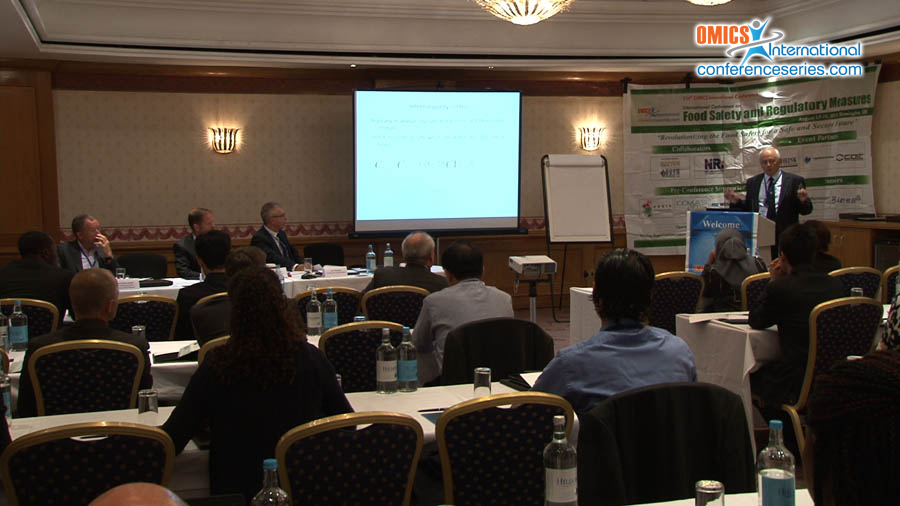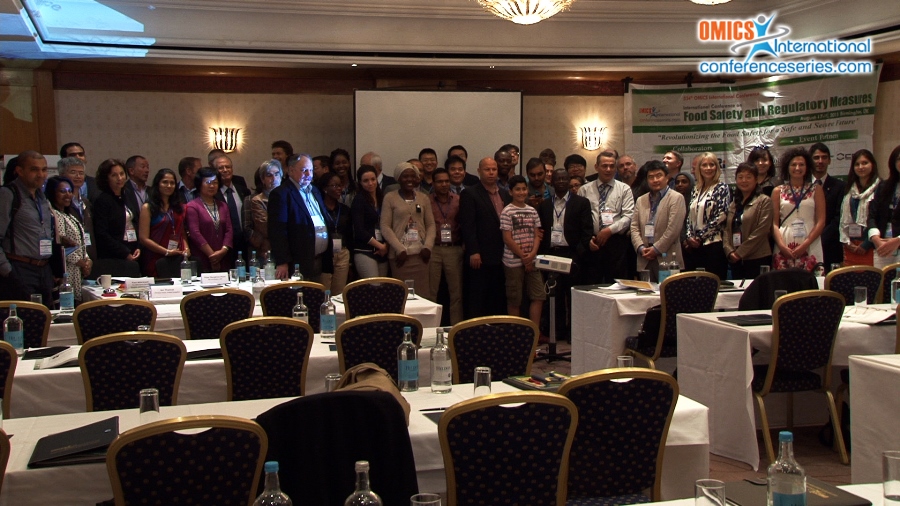
Arpad Ambrus
National Food Chain Safety Office
Hungary
Title: Use of the combined uncertainty of measurement result for testing compliance of food commodities with legal limits
Biography
Biography: Arpad Ambrus
Abstract
For measurement of chemical contaminants the major components of uncertainty are the Sampling (Sub-Sampling (SS), homogenization of sub-sampled material, Sample Processing (SP) and Analysis (A).
In case of trace organic contaminants the major contributor to the combined uncertainty is the sample amounts up to 70% and 80% of total variance of analysis of pesticide residues and mycotoxins, respectively. Nevertheless, it attracts very little attantion. For verifying compliance with maximum legal limits there are two distictly different situations. In case of pre-market control it has been certified that at least a specified proportion of the product in terms of the minimum size and mass of bulk/laboratory sample complies with the legal limit. Therefore, the combined uncertainty (CVR) has to be taken into account. Once a commodity is on the market the official decision on its compliance will be made based on the average concentration of the analyte in the sample taken according to the relevant standard procedure and the uncertainty of the result (CVL) excluding sampling. CVL is normally determined as part of the validation of the method. Determination of CVS requires special study applying for instacs range statistics, fully nested or staggered designes. We have carried out extensive experimental and computer modelling work to determine the characteristics of sampling distribution and magnitude of sampling uncertainty. The results are utilised to provide guidance for correctly perform control of food commodities for testing compliance with legal limits.






